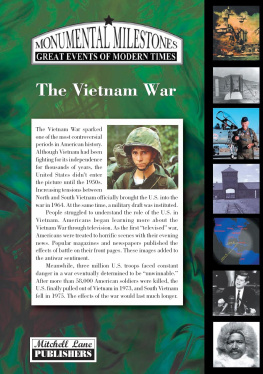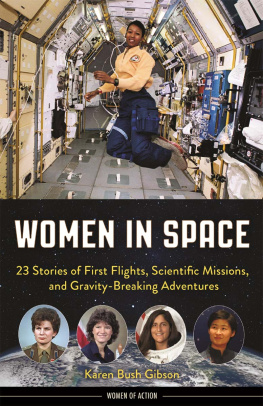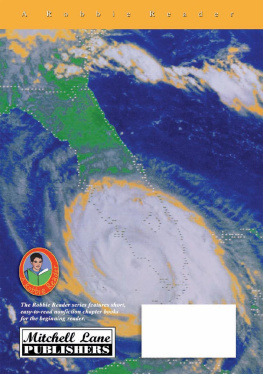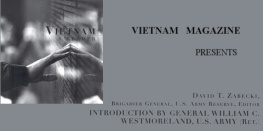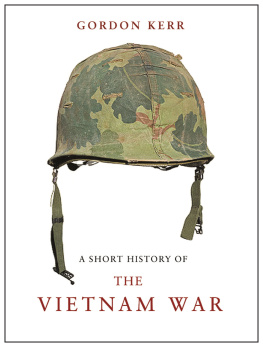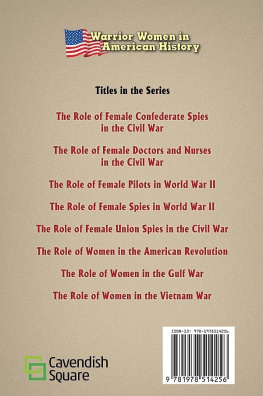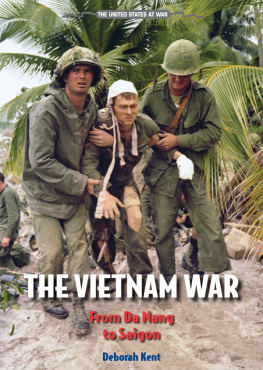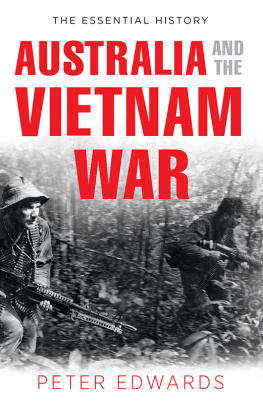

Titles in the Series
The Assassination of John F. Kennedy, 1963
Blitzkrieg! Hitlers Lightning War
Breaking the Sound Barrier: The Story of Chuck Yeager
The Civil Rights Movement
The Creation of Israel
The Cuban Missile Crisis: The Cold War Goes Hot
The Dawn of Aviation:
The Story of the Wright Brothers
Disaster in the Indian Ocean: Tsunami, 2004
Exploring the North Pole:
The Story of Robert Edwin Peary and Matthew Henson
The Fall of the Berlin Wall
The Fall of the Soviet Union
Hurricane Katrina and the Devastation of New Orleans, 2005
An Overview of World War I
The Russian Revolution, 1917
The Scopes Monkey Trial
The Sinking of the Titanic
The Story of the Attack on Pearl Harbor
The Story of the Great Depression
The Story of the Holocaust
Top Secret: The Story of the Manhattan Project
The Watergate Scandal
The Vietnam War

Copyright 2008 by Mitchell Lane Publishers, Inc. All rights reserved. No part of this book may be reproduced without written permission from the publisher. Printed and bound in the United States of America.
Printing 1 2 3 4 5 6 7 8 9
Library of Congress Cataloging-in-Publication Data
Gibson, Karen Bush.
The Vietnam War / by Karen Bush Gibson.
p. cm. (Monumental milestones)
Includes bibliographical references and index.
ISBN-13: 978-1-58415-541-6 (library bound)
eISBN-13: 978-1-54574-946-3
1. Vietnam War, 19611975Juvenile literature. I. Title.
DS557.7.G53 2005
959.7043dc22
2007000789
ABOUT THE AUTHOR: Karen Bush Gibson remembers seeing reports of the Vietnam War in newspapers and on television from when she was young. The news about the war affected her and motivated her to become a writer. Karen enjoys writing about people, places, and cultures for the juvenile educational market. Her published work includes New Netherland: The Dutch Settle the Hudson Valley, Langston Hughes, and Mudslide in La Conchita, CA, 2005 for Mitchell Lane Publishers.
PHOTO CREDITS: p. 1Yoichi R. Okamoto; p. 11Library of Congress; p. 16Malcom Browne; p. 22PD-USGOV-MIL-NAVY; PD-USGOV-MILITARY-NAVY; p. 26Jonathan Scott; p. 28, 33Associated Press; p. 35National Archives and Records Administration
PUBLISHERS NOTE: This story is based on the authors extensive research, which she believes to be accurate. Documentation of such research is contained on page 46.
The internet sites referenced herein were active as of the publication date. Due to the fleeting nature of some web sites, we cannot guarantee they will all be active when you are reading this book.
PPC
Contents
The Vietnam War
Karen Bush Gibson
*For Your Information

CHAPTER
Surprise Attack
As many people lay sleeping in the Vietnamese city of Saigon during the dark early-morning hours of January 31, 1968, an explosion rocked the U.S. embassy in South Vietnams capital city. A 3.5-mm bazooka rocket had blown a huge hole in the northern corner of the concrete wall surrounding the embassy. North Vietnamese and Viet Cong soldiers poured through the opening with guns sounding rat-a-tat-tat. Other enemy soldiers entered the embassy grounds with a storm of machine-gun fire, mowing down the U.S. Army military policemen guarding the gate.
Marine guards awakened Ambassador Ellsworth Bunker and placed him in the safest place they could finda wine cellar five blocks away padded with pillows. At the embassy, more marines fought against the enemy, who were intent on gaining entrance into the building. Twenty-year-old Marine Corps guard Sergeant Ronald W. Harper later told reporters, Explosions, bangs, thumps crashed all around me. I figured the VC [Viet Cong] were coming in. I slammed the heavy wooden embassy doors shut and as I did so a rocket, probably a 3.5-mm, hit the window and the side of the door, wounding my marine buddy in the arms, face and legs and throwing me to the ground.
Colonel George Jacobson, who lived on the embassy grounds, was awakened by a shell hitting his window and sending shattered glass onto his bed. After six hours of fighting, the 716th Military Police Battalion came to the rescue, armed with grenades and M-16 automatic rifles. An impressed Jacobson watched from his second-floor window. I saw them advance straight into the direction of enemy fire and silence that fire. If you want to get more brave than that, I would rather not be around. The final tally at the embassy was seven U.S. soldiers dead, plus nineteen enemy soldiers.
Elsewhere in the city of Saigon, the sounds of war had blasted everyone awake. Before January 31, the noise of firing guns was muted as battles raged outside the city. Now the battles were happening in the city. The airport and the command post of the Seventh Air Force were hit hard. Viet Cong and North Vietnamese soldiers easily overtook the Saigon suburb of Cholon.
Five thousand troops attacked Saigon. It was common to see people coming to Saigon to celebrate the Tet holiday. But many of these people were actually soldiers disguised as farmers and peasants in the traditional loose-flowing black clothing that resembled pajamas. Others wore the white shirts of the professionals. All carried the curfew passes required of all civilians, although theirs were forged. Some North Vietnamese soldiers dressed as South Vietnamese soldiers had infiltrated the headquarters of the South Vietnam Joint General staff. Weapons were smuggled in separately. No one had any idea that troops were assembling right under their noses.
By afternoon of the first day, President Nguyen Van Thieu had declared martial law in Saigon.
Associated Press photographer Eddie Adams was driving around a ravaged Saigon with a cameraman from NBC that day. They came upon a sight they would never forget. General Nguyen Ngoc Loan, chief of the South Vietnamese national police, had captured a member of the Viet Cong. Dressed in black shorts and a checked shirt, the prisoners hands were tied behind his back. Loan pushed the gun against the mans head and squeezed the trigger. The man grimacedthen, almost in slow motion, his legs crumpled beneath him as he seemed to sit backward, blood gushing from his head as it hit the pavement.
The North Vietnamese had taken the U.S. soldiers by surprise. The military had expected a couple of quiet days with a ceasefire in recognition of Tet, one of Vietnams most important holidays. People celebrated the lunar new year and paid respect to their departed ancestors with feasting and fireworks.
What the South Vietnam and United States militaries didnt realize was that a well-planned attack was taking place in almost every major city and village. The attacks went off like firecrackers throughout twenty-six South Vietnamese towns in the early-morning hours, including the American complex at Cam Ranh Bay, and the mountain resort area of Da Lat. But no place was hit harder than the ancient provincial capital of Hue.
Hue was a beautiful city of temples, monuments, and palaces. It was considered sacred by many Vietnamese, particularly Buddhists. On this day, the Viet Cong attacked. They searched each house, killing people and taking prisoners. American Stephen Miller of U.S. Information Services was shot. A German doctor teaching medical school in Hue was found dead along with his wife and two other doctors. A Vietnamese priest, Father Bui Dong, was also killed. Americans still dont know exactly what happened in Hue that day. For years afterward, people would continue to find bodies just outside the citythree thousand bodies. Most had been shot or beaten to death, although signs indicated some might have been buried alive.
Next page
